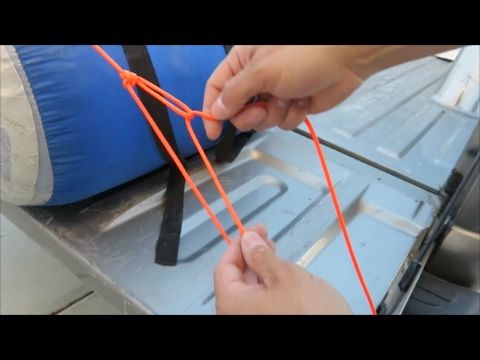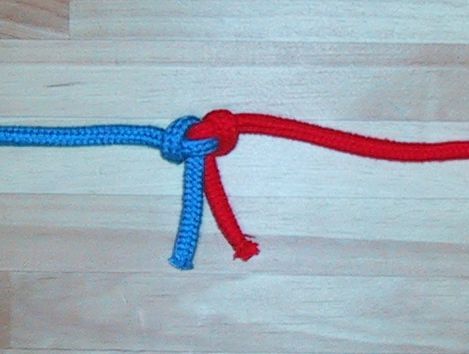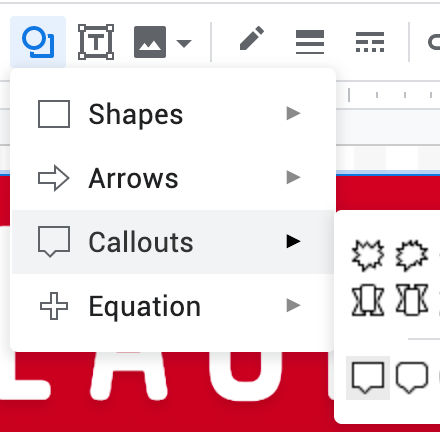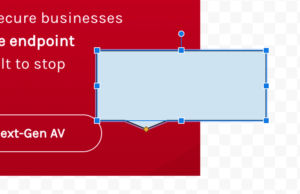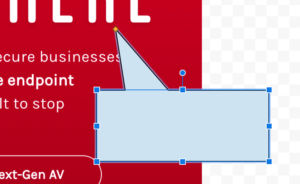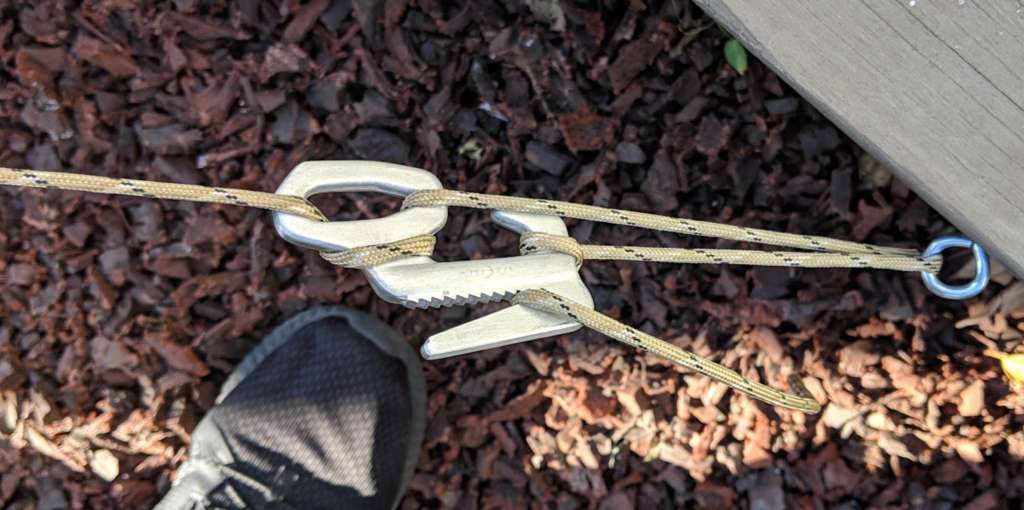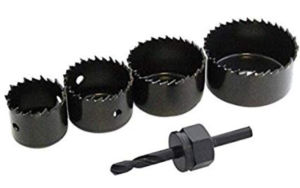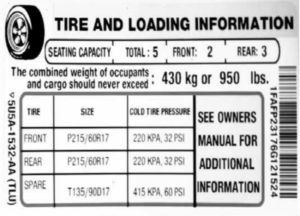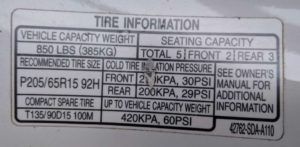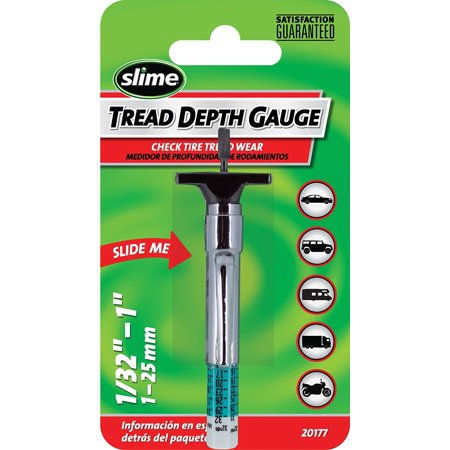In an era of home made videos and YouTube, everyone now is making videos on just about every subject, including myself. Filming a subject against a green background has the advantage that you can replace the green background with a picture or video like what they do in movies or on the news. Though you can buy a complete green screen setup on Amazon with tripod and clamps to stretch and hold the screen in place, I decided to just buy the green fabric and make my own setup using simple and cheap items from Home Depot.

The advantage of this setup is it’s cheap and easy to set up and store each time you use it. The green fabric costs about $16 on Amazon. On one of the shorter sides, it has a pocket the length of the side in which you can insert a rod or pole. I bought a metal closet rod from Home Depot. I then clamped the rod to the ceiling in my garage using metal clamps. Make sure the screws for the clamps go into wood joists and not just drywall. When using the green screen, I place a 2x4x 8 piece of wood (available at Home Depot for $3) to hold the bottom of the fabric down.
For storing the green screen, I wanted something quick and simple. For my setup, I can just roll up the fabric and store it on some large hooks.

To do this, I bought two large hooks which I screwed into the ceiling. I also bought 3/4″ PVC pipe and foam pipe insulation. The insulation makes for a larger diameter rod to reduce how much rolling needs to be done to roll up the fabric. It also provides a cushion in case it falls from the ceiling. The insulation was secured around the pipe using cable ties.
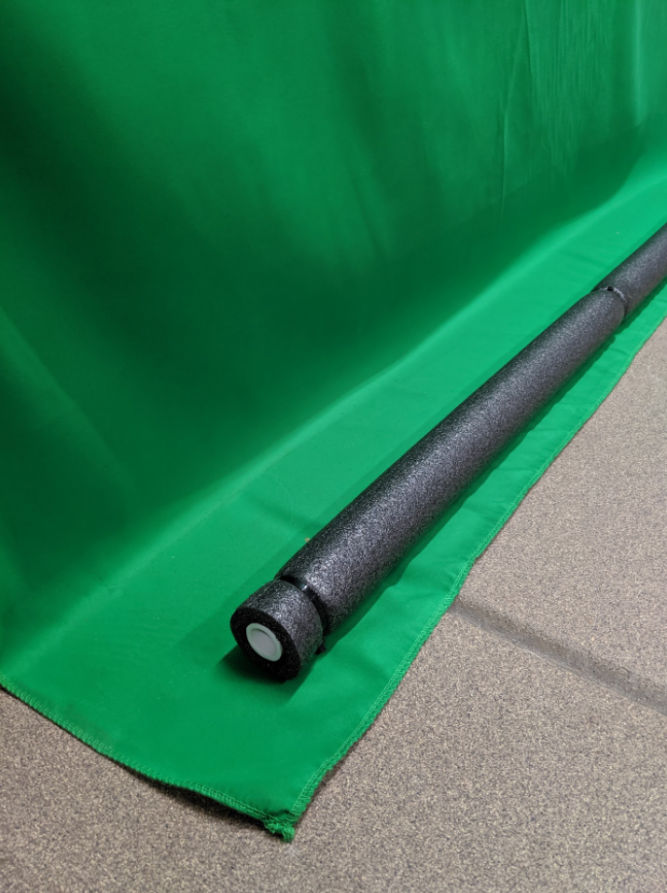
Total cost: $50
- Green fabric: ~ $16
- Large crew hooks: ~ $6
- 3/4″ PVC pipe: ~ $2
- Foam pipe insulation: ~ $3
- 2x4x8 wood: ~ $3
- Metal closet rod: ~$20
Believe it or not, the metal closet rod was the most expensive part. You can probably substitute it with something cheaper as long as it doesn’t bow like wood might.




